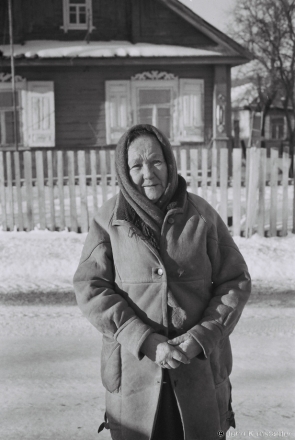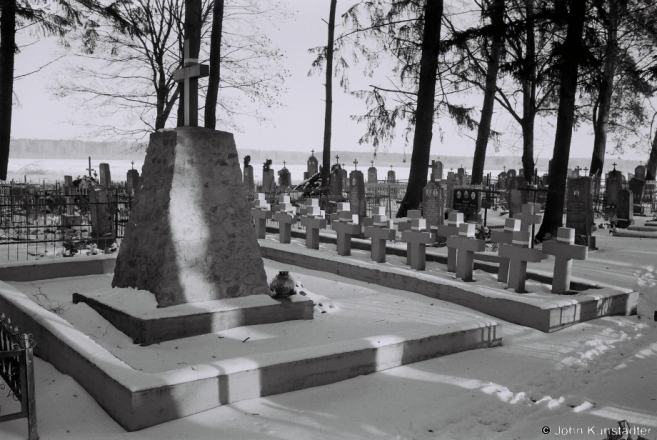Patrimony of Lida District (part I). Спадчына Лідчыны (частка І).
Njatsjech 2014. Няцеч 2014 год. Nieciecz 2014.
These photos are from a trip to survey the patrimony of western Lida District and of Iuje District with Anton Astapovich, chairman of the Belarusian Association for the Preservation of Historical and Cultural Monuments (БДТАПГК).
Фотаздымкі з вандроўкі па спадчыне заходняга Лідскага й Іўеўскага раёнах (Ганчары, Дроздава, Беліца, Няцеч, Цацкі, Тарнова, Белагруда, Мыто, Ваверка, Радзівонішкі, Голдава, Мікалаева) са спадарам Антонам Астаповічам, старшынёй Беларускага дабраахвотнага таварыства аховы помнікаў гісторыі й культуры (ГА БДТАПГК).
This grandmother welcomed us to her village and recounted the fate of her father, a member of the Home Army (AK), who fell in 1943.
Monument to, and graves of, soldiers of the I and IV battalions of the 77th infantry regiment of the Home Army (AK) fallen in the region. The AK was the major anti-German force in the lands of the interwar Polish Republic from February 1942 on.
Note that the monument carries the dates 1941-1945: Soviet forces had pushed the Germans out of Belarus (including the western Belarusian lands which had been incorporated into the interwar Polish Republic) by mid-summer 1944. Clashes between the AK and Moscow-directed Soviet partisans started in 1943, resulting in continual AK losses, including in Njatsjech. The Soviet authorities (and communist authorities in post-war Poland) considered the AK a barrier to (re-)communization and from 1945 onward murdered thousands of surviving AK soldiers and sent tens of thousands to the GULAG. Some Belarusians continue to see the AK not as an integral part of the struggle against the Germans but as an anti-Belarusian force for re-Polonization.
Могілкі й помнік жаўнерам 77-а полку Арміі Краёвай.

